
Ever feel like your favorite fast food spot just isn’t what it used to be? Or worse, has it disappeared entirely? You’re not alone. The past few years have been a rollercoaster for the food and beverage industry, and fast food chains, even the biggest ones, haven’t been immune to the turbulence. From a global pandemic shaking things up in 2020 to the ongoing challenges of inflation and looming tariffs, operating a restaurant has become a high-stakes game. Prices have soared, and people are understandably being more careful with their money when it comes to dining out. This means that many once-beloved brands have had to completely rethink their business strategies, and for some, that’s meant closing doors or battling for survival.
It might seem counterintuitive, but even massive chains with their corporate structures and financial backing are finding it tough to stay afloat. When customers become more cost-conscious, and labor costs continue to rise, these companies are forced to make tough calls. Plus, let’s not forget the fierce competition! Every chain is trying to outdo the other with new menus and deals, often slashing profit margins just to get you through the door. This puts them in an incredibly precarious position, and frankly, some of the names on our list might genuinely surprise you.
So, buckle up! We’re taking a deep dive into the fast food world to uncover why some of the biggest players are seriously struggling right now. We’ve gathered insights from customer comments, corporate announcements, and industry reports to bring you the inside scoop on which chains are losing their edge and why diners are increasingly saying ‘hard pass.’ Get ready to discover the shocking reasons behind their current predicaments, from widespread closures to declining quality and shifting consumer tastes.

1. **Wendy’s**Wendy’s, the home of the square patty, has certainly been feeling the heat, with clear signs of struggle emerging by the end of 2024 and continuing into 2025. It’s not just an industry trend; customers themselves have noticed a significant dip in the overall Wendy’s experience, particularly concerning food quality. Beloved items like the Baconator and the Vanilla Frosty, once reliable favorites, are now frequently reported as tasting worse than customers remember, chipping away at that crucial brand loyalty.
Beyond the menu, operational issues have become a glaring problem. Many customers have recounted experiences with understaffed restaurants, leading to closed drive-thrus, erratic operating hours, and frustratingly inefficient ordering systems. These kinds of service shortfalls directly impact the customer experience, turning what should be a quick and satisfying meal into a test of patience. The ripple effect of these issues has been quite visible on the ground.
In fact, a Reddit user observed a series of Wendy’s closures in their area, all happening within a single year, and offered a compelling theory for the brand’s struggles. They suggested that the ultimate blame lies with a lack of quality control, urging the company to “start reigning in the franchises and really look at how the food is getting made.” This sentiment underscores a critical point: Wendy’s has historically positioned itself as a slightly more premium fast food option compared to rivals like McDonald’s or Burger King.
The expectation was that for a higher price, customers were “guaranteed a certain quality.” However, if that quality is no longer consistently delivered, then, as the Redditor plainly put it, “there’s really no reason to go there instead of the cheaper option at McDonald’s.” This erosion of perceived value, combined with noticeably soft sales and significantly reduced customer traffic, illustrates a challenging period for the brand, forcing franchise operators to struggle with covering even basic operational expenses.
Read more about: Cracking the Code: 13 Restaurant Favorites We Thought We’d Never Replicate at Home
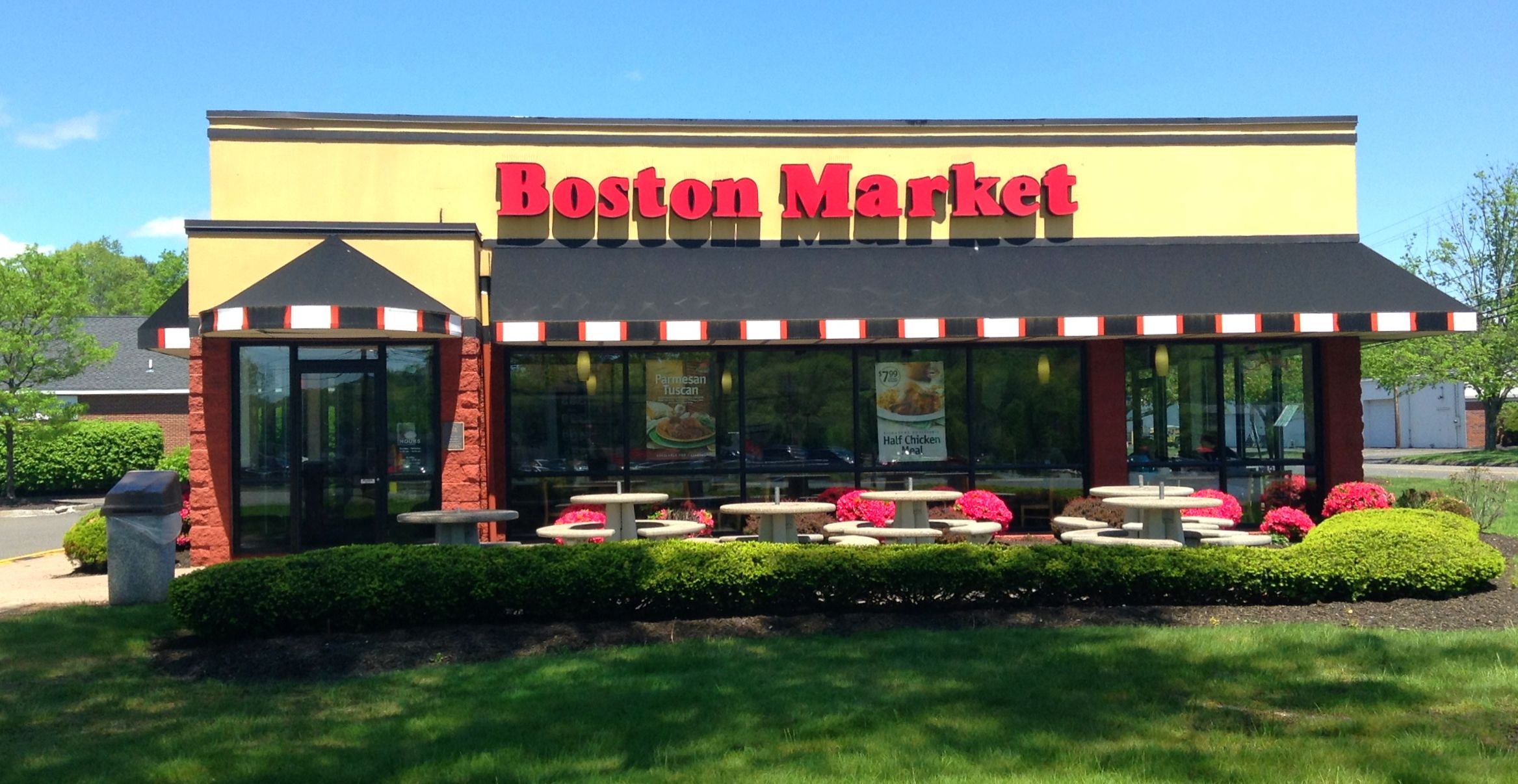
2. **Boston Market**Ah, Boston Market. This chain once soared to incredible heights, especially in the 1990s and early 2000s, boasting over 1,000 locations at its peak. It was the go-to for rotisserie chicken and comforting sides. However, the narrative has drastically changed in recent years, turning into a stark example of a brand losing its grip. The past few years have seen a dramatic decline, with the majority of its once-extensive network of restaurants shutting down. Now, a mere 14 locations remain open, a shadow of its former glory.
The closure spree hasn’t gone unnoticed by the public. One Redditor perfectly encapsulated the sentiment, writing in a recent post about vanishing restaurants, “Every single local one around me closed recently.” This comment highlights the widespread and personal impact of Boston Market’s retreat, as neighborhoods across the country watched their local chicken joint disappear. The brand’s collapse from over 300 stores to under 20 is nothing short of shocking, revealing a deeper, more systemic struggle.
Delving into the specifics, Boston Market has been plagued by a series of severe challenges. They’ve faced significant legal issues, financial woes, and widespread lease defaults across the nation. It appears the company struggled to maintain its basic operational requirements, leading to a cascade of problems. Reports indicate unpaid vendor bills and employee wages, which in turn created substantial legal liabilities. On top of that, lease violations resulted in numerous evictions, further accelerating the closure of stores.
At this point, the few remaining Boston Market locations seem to operate largely independently, with minimal corporate oversight. They are essentially functioning as local restaurants, utilizing the Boston Market branding but lacking the central support or standardized operations that typically define a national chain. This transformation from a thriving empire to a collection of scattered, struggling outposts is a sobering reminder of how quickly fortunes can change in the volatile fast food landscape.
Read more about: Guard Your Investment: 14 Common Mistakes That Instantly Slash Your Classic Car’s Value by $10,000
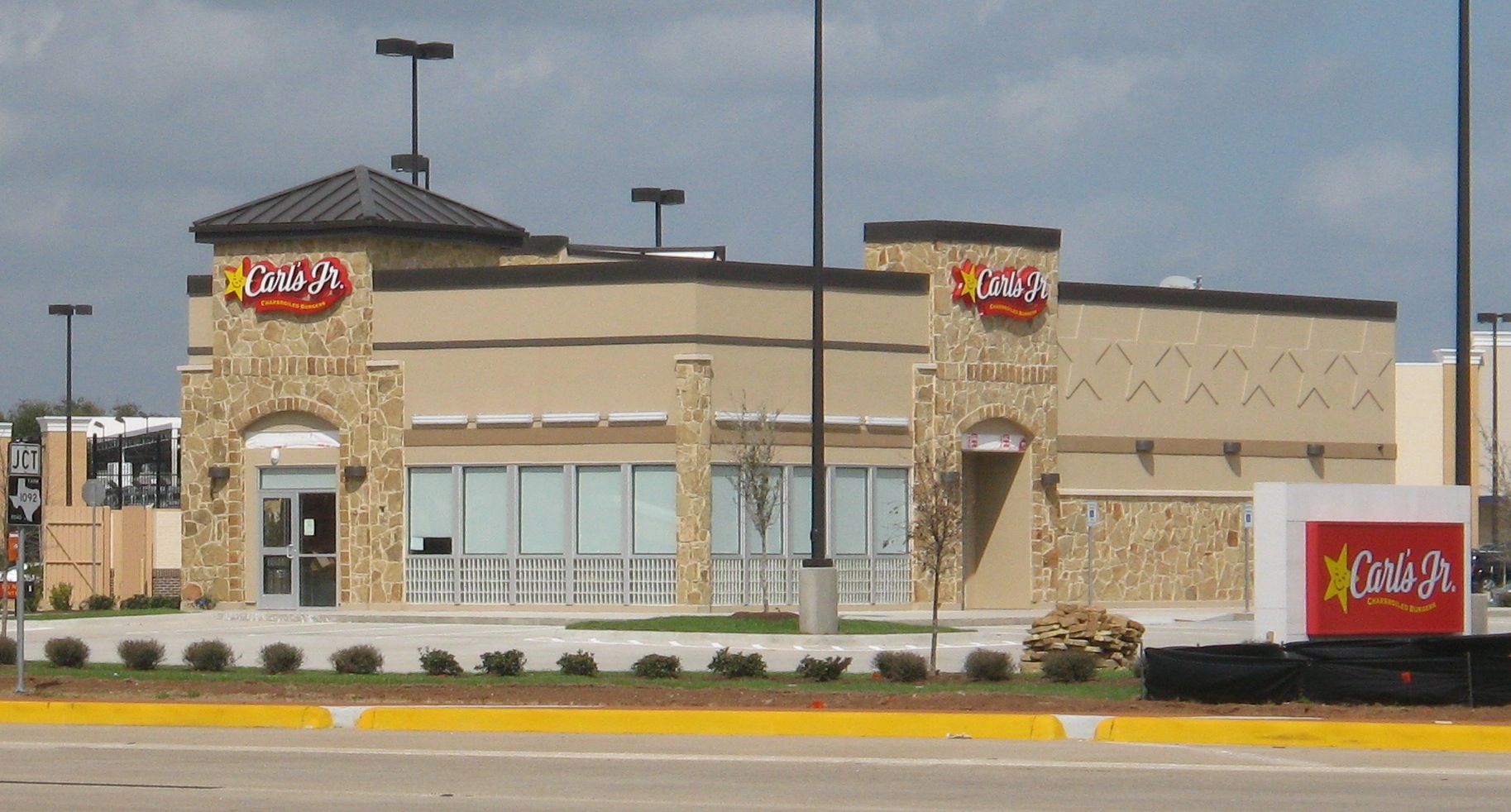
3. **Carl’s Jr**Carl’s Jr. is another familiar name grappling with significant headwinds, both on its home turf and in international markets. The brand’s struggles have been quite visible, with several key closures underscoring a difficult period. For instance, in July 2024, the Australian master franchisee for Carl’s Jr. made headlines when it entered voluntary administration, a move that immediately resulted in the shuttering of 20 company-owned restaurants across the continent. This was a massive blow to its overseas presence.
The domestic front hasn’t fared much better. This very month, an Austin, Texas Carl’s Jr. location is slated to close its doors, adding to the growing list of shutdowns. Even more notably, in 2024, the brand’s inaugural Idaho location in Boise, a significant milestone for its expansion, also closed up shop. These closures aren’t isolated incidents; they reflect a broader pattern of underperformance and difficulty in sustaining operations in various markets.
The context doesn’t provide specific reasons for Carl’s Jr.’s individual struggles, but we can infer some common threads that affect many chains on this list. Intense competition in the burger market, changing consumer preferences, and the general economic pressures of inflation and rising operational costs are likely all contributing factors. When a brand begins to close locations both abroad and domestically, especially flagship ones, it signals a deeper challenge in its business model or market appeal.
It’s a tough environment out there for fast food, and Carl’s Jr. seems to be caught in the middle of it. The brand, known for its indulgent burgers, may be finding it hard to resonate with today’s diners who are increasingly looking for either extreme value or healthier, faster-casual options. Whatever the specific root causes, the continuous stream of closures indicates that Carl’s Jr. has a serious battle on its hands to regain its footing and prevent further contraction.
Read more about: The On-Screen Deaths That Still Keep Us Up at Night: 14 Traumatizing Movie Moments You Won’t Forget
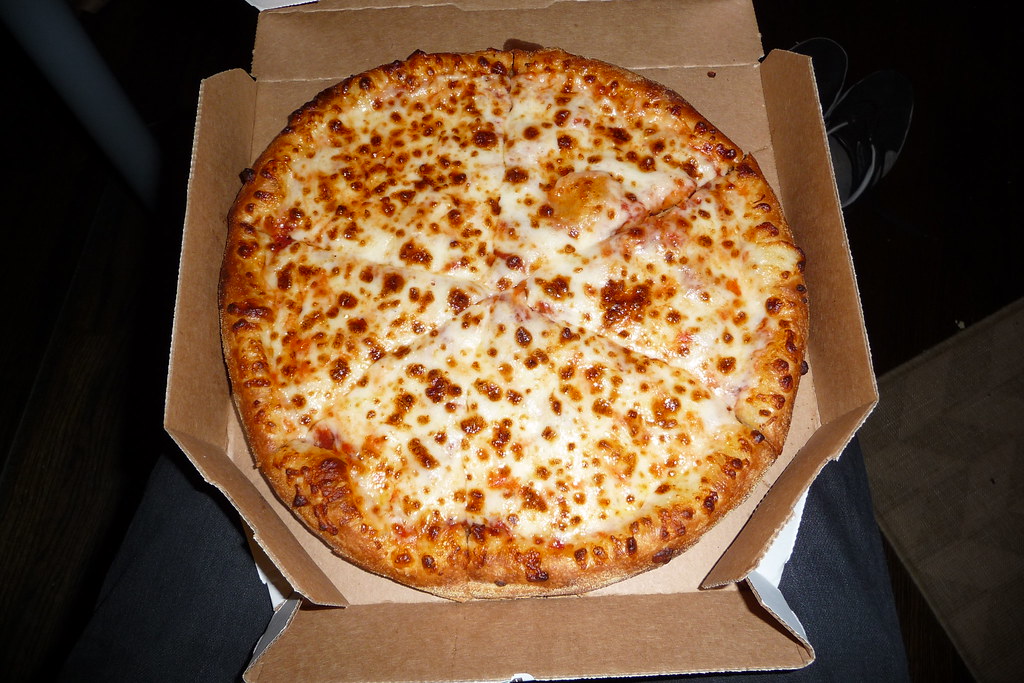
4. **Domino’s Pizza**When we think of struggling fast food chains, Domino’s Pizza might not be the first name that springs to mind, especially given its successful overhaul of its pizza recipe in the late 2010s. That bold move was widely seen as a game-changer, permanently altering its flagship offering for the better. However, even a brand known for innovation and global reach can face unexpected challenges, and for Domino’s, a significant hurdle recently emerged from an important international market: Japan.
Pizza lovers in Japan were undoubtedly disappointed when Domino’s Pizza Enterprises, which happens to be the largest global master franchisee of the pizza chain and owns a substantial 18% of all Domino’s stores, announced a major decision. In February, the company revealed the closure of a staggering 205 restaurants. This wasn’t a minor tweak; it was a significant reduction in their operational footprint, with a massive 172 of these “loss-making” stores located specifically in Japan.
The official rationale behind these closures was clear: they were undertaken “to sharpen market focus and improve profitability” of the overall portfolio. This indicates that while the brand might be performing well in some regions, certain markets, particularly Japan in this instance, were proving to be a drain on resources. Maintaining unprofitable locations can severely impact a company’s financial health, even for a global powerhouse like Domino’s, necessitating tough but strategic decisions.
It’s important to differentiate these current struggles from the brand’s past successful transformations. While Domino’s showed a willingness to adapt and innovate with its menu, these recent closures highlight the continuous need for market-specific strategies and financial vigilance. Even a beloved brand with a revamped recipe needs to ensure that every single unit is contributing positively to the bottom line, or be prepared to make the difficult choice to pull back and consolidate for future growth.
Read more about: Hollywood’s Cold War: 14 Major Actors Who Flat-Out Refused to Work Together Again

5. **Quizno’s**Once upon a time, Quizno’s was a titan in the sandwich world, reigning as the second-largest sandwich chain in the country with an impressive roster of over 5,000 restaurants. It had a unique selling proposition with its toasted subs, carving out a distinct niche. However, that era feels like a distant memory now, as Quizno’s has been on a relentless and steady decline for years, a truly sobering tale of a fast food empire shrinking to a fraction of its former self.
The numbers speak volumes: currently, there are a mere 148 Quizno’s locations left in the entire United States. This dramatic contraction signals a profound struggle to maintain market relevance and profitability. The decline has been so pervasive that individual store closures have become significant events for local communities. Take February, for example, when the last remaining Quizno’s shop in Connecticut officially closed its doors, prompting an outpouring of nostalgia and mourning from its loyal fanbase.
Customers took to social media, particularly Facebook, to share their sadness and reminisce about the chain’s heyday. Comments like, “End of an era,” captured the feeling of loss, while another user fondly recalled, “I would always grab a sub before going to the beach in summer.” These heartfelt sentiments underscore the strong emotional connection people had with the brand, making its current struggles all the more poignant. It wasn’t just a sandwich shop; for many, it was a part of their routine and memories.
The context hints at the deeper issues behind this drastic downfall, attributing it to a combination of “aggressive franchise expansion followed by corporate mismanagement.” This suggests that rapid growth without proper oversight and strategic direction ultimately devastated the brand. Many former Quizno’s locations didn’t just close; they either converted to rival sandwich chains or shut down permanently, further eroding Quizno’s footprint. Now, the few surviving restaurants operate largely independently, with minimal corporate support, relying heavily on local customer loyalty as they face relentless pressure from competitors like Subway and other thriving sandwich concepts.

6. **Steak ‘n Shake**Steak ‘n Shake, a name synonymous with classic American burgers and milkshakes, has also found itself navigating choppy waters, experiencing significant closures over the past few years. Since 2018, the chain has shuttered approximately 200 locations, a substantial reduction in its presence. This trend continued into 2019, when a refranchising effort led to the closure of an additional 44 stores. These figures paint a clear picture of a brand in flux, attempting to adapt to challenging market conditions.
Customer experiences, often shared online, provide further insight into the brand’s predicament. One Redditor highlighted a noticeable shift in the dining experience, noting that Steak ‘n Shake “seem to have replaced most of their employees with computers and kiosk and often you cannot even eat inside.” While the core food items—the burgers, shakes, and fries—are still often lauded as “the best out of any of the major fast food restaurants,” the overall service and atmosphere have seemingly deteriorated. The same Redditor lamented that “even just a few years ago their staff were well dressed and really polite but now seem so stressed and overwhelmed. It is really sad to see.”
This dichotomy between high-quality food and a declining in-store experience presents a significant challenge for the brand. While the product might still be excellent, the shift to a more automated, less personal service model, coupled with operational constraints like limited dine-in options, appears to be alienating some loyal customers. The sentiment of staff being “stressed and overwhelmed” suggests that the refranchising and operational changes, while perhaps intended to streamline the business, have had a negative impact on employee morale and, consequently, customer interaction.
Despite these struggles and the clear signs of customer dissatisfaction, CEO Sardar Biglari maintains a positive outlook, asserting that the brand is “set for a comeback.” He recently stated that “The new team is setting a new pace in 2025—fast and focused.” This optimistic view suggests a determination to revitalize Steak ‘n Shake, but the path to recovery will undoubtedly require addressing both the operational challenges and the decline in the customer experience that have been highlighted by patrons.
Read more about: Totally Tubular! If You Grew Up in the ’80s, These 14 Iconic Meals Were Definitely On Your Family’s Menu
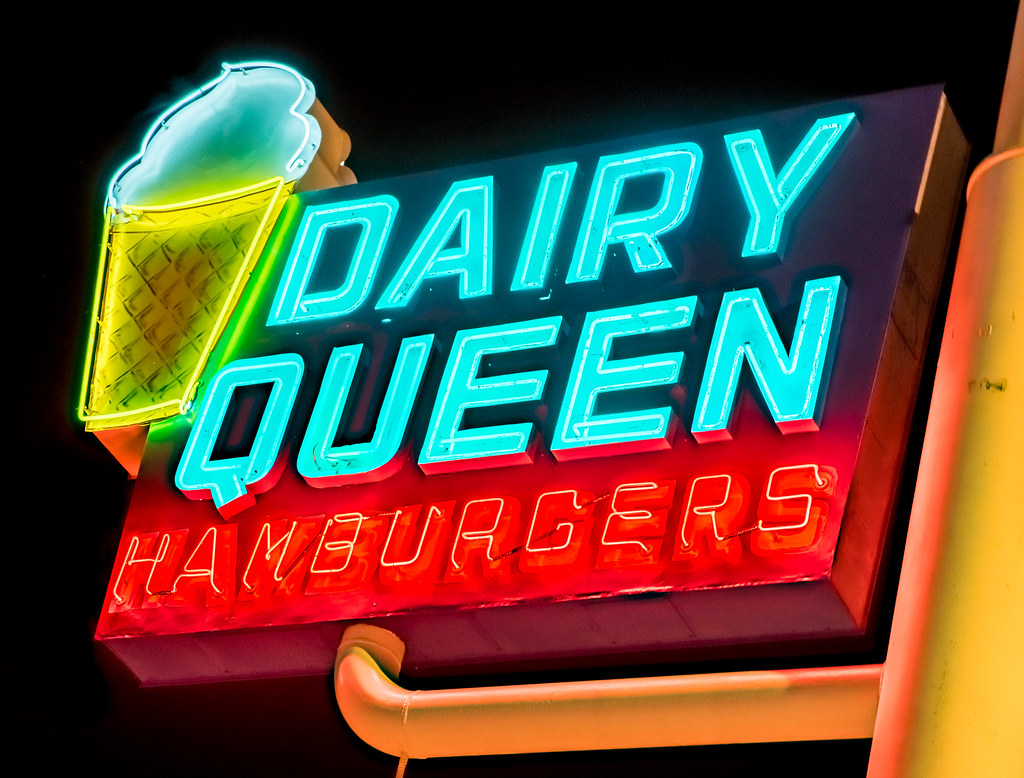
7. **Dairy Queen**Even iconic dessert and fast food chains like Dairy Queen, with its beloved Blizzards and classic American fare, aren’t immune to the current economic pressures. Earlier this year, a noticeable hiccup occurred when 25 Dairy Queen restaurants in Texas abruptly closed their doors. This sudden mass closure raised eyebrows and left many customers wondering about the future of their local DQ.
It was quickly clarified that these closures were all linked to a single franchiser, Project Lonestar, which owned and operated all the affected locations. A representative from Dairy Queen provided some reassuring context, stating that “The franchise owner continues to own and operate other DQ restaurants in Texas,” implying that Project Lonestar still has other successful operations under the Dairy Queen umbrella. The representative also characterized these specific closures as “an isolated event” and refrained from publicly sharing the specifics of their contract terms, as is standard practice.
While the company positioned these as isolated incidents rather than a systemic issue across the entire Dairy Queen network, they nonetheless highlight the vulnerability of individual franchise operations within a larger brand. The decision to close 25 stores at once suggests significant financial or operational challenges faced by that specific franchisee, Project Lonestar. These challenges could stem from a variety of factors, including rising operating costs, underperforming locations, or perhaps issues specific to the management or financial health of that particular franchise group.
For customers, even an “isolated event” of this scale can cause concern and uncertainty about the brand’s stability in their local area. The fact that a large number of stores can close suddenly under a single operator is a stark reminder that even well-established chains rely heavily on the success and solvency of their individual franchisees. Dairy Queen’s ability to remain stable overall while individual units face such difficulties speaks to the complex dynamics of franchise-based businesses in a volatile market.”
More Hard Passes: Seven Additional Chains Facing Bankruptcy, Shifting Tastes, and Fierce Competition in the Modern Fast Food Landscape, and What’s Driving Customers Away
Alright, buckle up buttercups, because our deep dive into the fast food struggle bus isn’t over yet! If you thought the first seven chains were a wild ride, get ready for more. It seems like no one is truly safe in this ever-changing food game, and even some of the biggest names are feeling the pinch. We’re talking about legendary brands that used to be everywhere, now grappling with everything from changing tastes to full-blown bankruptcy filings.
It’s a dog-eat-dog world out there, and diners are becoming more discerning than ever. With wallets feeling tighter and options galore, people are no longer settling for just ‘good enough.’ They want value, quality, and an experience that justifies their hard-earned cash. So, let’s keep unraveling the mysteries behind why these next seven giants are also getting a collective ‘hard pass’ from diners across the nation.
Read more about: The Indulgence Dilemma: 15 Fast Food Giants Still Sidestepping the Healthy Eating Revolution

8. **KFC**For decades, KFC was the undisputed king of fried chicken, a true OG of the fast food world. But let’s be real, lately, that crown has been looking a little shaky, hasn’t it? The brand’s once rock-solid reputation has been seriously tested in the last few years, and they’re facing a noticeable dip in sales as more and more people are just *not* turning to the Colonel for their fried chicken fix.
Part of the problem is the sheer amount of competition. Back in the day, KFC was often the only game in town for fried chicken, but now? We’ve got loads of fantastic options out there. Brands like Chick-fil-A and Bojangles have been absolutely crushing it, enjoying stellar years while KFC seems to be wrestling with some serious quality control issues. Customers are increasingly reporting poor experiences, and frankly, they’re not exactly thrilled with the unhealthy menu items.
This all boiled down to a pretty tough 2025 for KFC, with sales plummeting by a massive 5% in the second quarter. And if you’re thinking, ‘Oh, that’s just a blip,’ think again! This decline is actually a continuation of a downward trend that started at the end of 2024, showing similar 5% decreases. Even the top brass at Yum Brands, KFC’s parent company, admits they’re operating in “rocky circumstances.” It seems their “Kentucky Fried Comeback” promotion didn’t quite land with customers, who just weren’t feeling the enthusiasm. If KFC doesn’t whip up something truly special and soon, they might find themselves in a real pickle.
Read more about: Beyond the Plate: 7 Genius Ways Celebrity Chefs Keep Their Secret Recipes Under Wraps
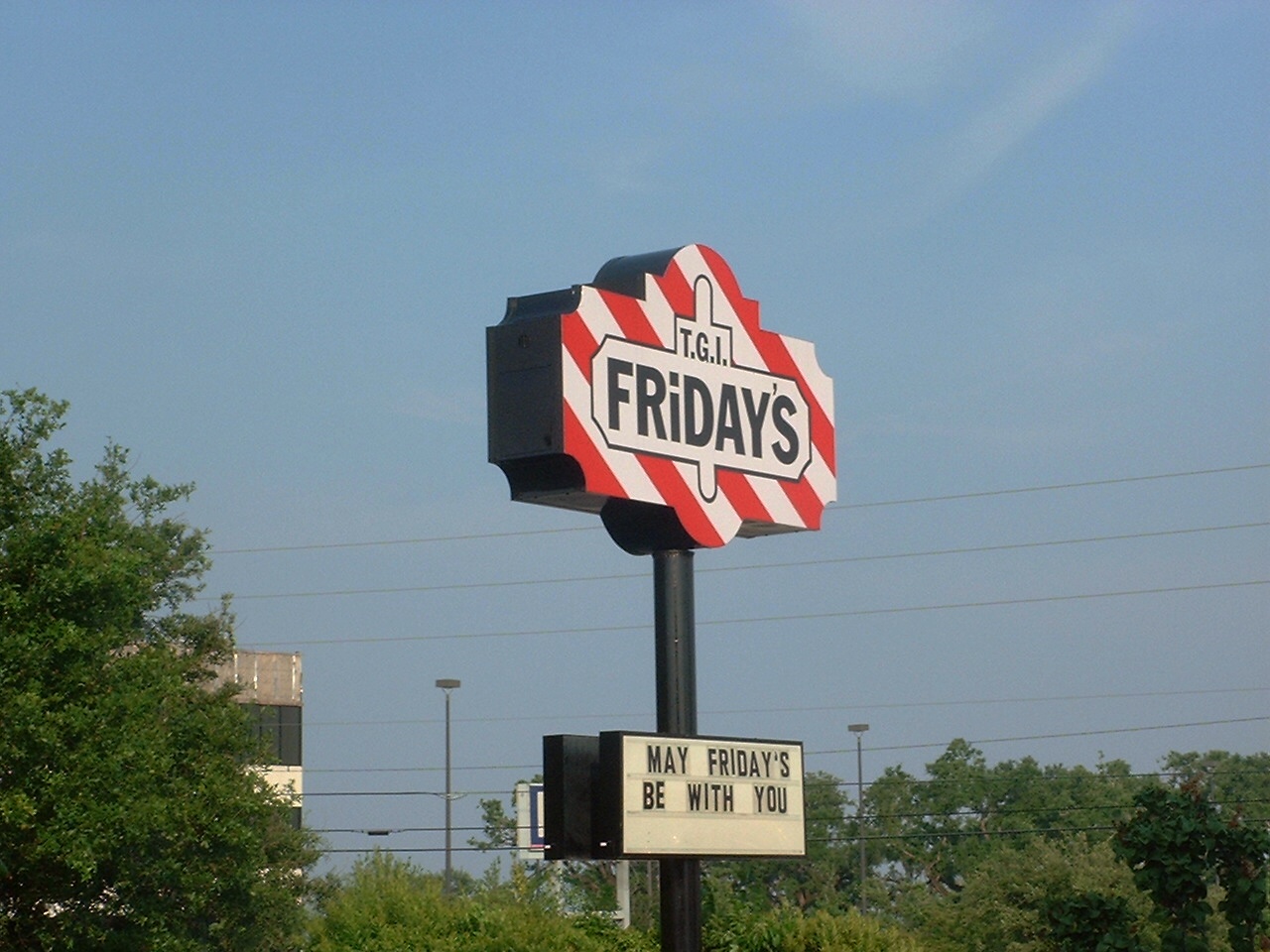
9. **TGI Fridays**Okay, so if we said TGI Fridays has had a “difficult 2025,” that would be, well, “the understatement of the century.” This chain was once the go-to spot for casual dining, a true American icon! But over time, it started feeling a bit, shall we say, *outdated*. As new, trendier competitors popped up, TGI Fridays struggled to keep up, facing a palpable lack of enthusiasm from diners and even, get this, a mozzarella stick lawsuit! Talk about a rough patch!
All these struggles came to a head in November 2024 when the restaurant filed for bankruptcy, citing the dreaded COVID-19 pandemic and its capital structure as the reasons. It’s been a tough road since then. Despite initially stating it wouldn’t close any restaurants during the bankruptcy claim, just a few months later, 30 locations were shuttered. This was on top of widespread closures that had already happened leading up to the filing.
By April 2025, TGI Fridays was down to a mere 85 locations across the country, and the hits kept coming. In August, a unit in Coral Springs, Florida, closed its doors for good. It’s hard not to wonder if more closures are on the horizon before the year is out. This once-vibrant chain is definitely battling to find its footing in a rapidly evolving restaurant landscape, and it’s clear they need to shake things up to survive.
Read more about: Cracking the Code: 13 Restaurant Favorites We Thought We’d Never Replicate at Home

10. **On The Border**Oh boy, the story of On The Border in 2025 is pretty brutal, folks. This Mexican chain has been serving up its delicious fare for over four decades, so it’s got some serious history. But this year? This was the moment things truly went south. In March, the chain filed for Chapter 11 bankruptcy, which is never a good sign. The documents laid bare a staggering reality: On The Border had over $25 million in debt and more than 10,000 creditors to appease. Yikes!
This bankruptcy filing followed a significant shrinking of the brand, having already lost 40 units in the years prior. And the bad news didn’t stop there. Just weeks after filing for bankruptcy, On The Border announced it was closing over 70 *more* of its restaurants, leaving it with barely any units left standing. It was a rapid, heartbreaking contraction for a brand many loved.
For a moment, it seemed like a glimmer of hope appeared on the horizon when Pappas Restaurants, the folks behind Pappasito’s Cantina, swooped in and purchased On The Border. Pappas Restaurants expressed excitement about helping the brand grow, but alas, just a month later, another unit closed its doors. It makes you wonder if the new owners have taken on a bigger challenge than they anticipated. How On The Border will weather this intense storm remains a huge question mark for everyone.
Read more about: 14 Practical Ways Drones Revolutionize Off-Road Trail Scouting for Enthusiasts

11. **Hooters**If you’re looking for a sign that times are a-changin’, just take a peek at Hooters and the year it’s been having. This famous restaurant, known for its wings and its, ahem, *distinctive* servers (and, let’s be honest, the ongoing discussions about misogyny and ism), is increasingly feeling like a relic from a bygone era. In April 2025, time, it seems, finally caught up, and Hooters filed for bankruptcy.
This bankruptcy claim occurred in a climate where customers are tightening their belts, and labor costs are soaring higher than ever. But it’s hard to deny that diners have, for the most part, simply moved on from the restaurant’s original concept. The bankruptcy was swiftly followed by even more unsettling news: in June, Hooters suddenly announced it was closing dozens of its restaurants. That’s a lot of wings and, well, *atmosphere* to lose!
Later in the year, the brand shifted to a pure franchise model, a plan put into motion during its bankruptcy claim. This ambitious strategy aims to save Hooters and keep it flapping for years to come. However, the success of this model hinges entirely on franchisees buying in and genuinely wanting to keep the brand alive. And let’s be real, they’ll only do that if they feel it’s a safe bet for the future – which, right now, might not be the case.
Read more about: An Unforgettable Run: Iconic Athletes Marking the Sunset of Sporting Glory
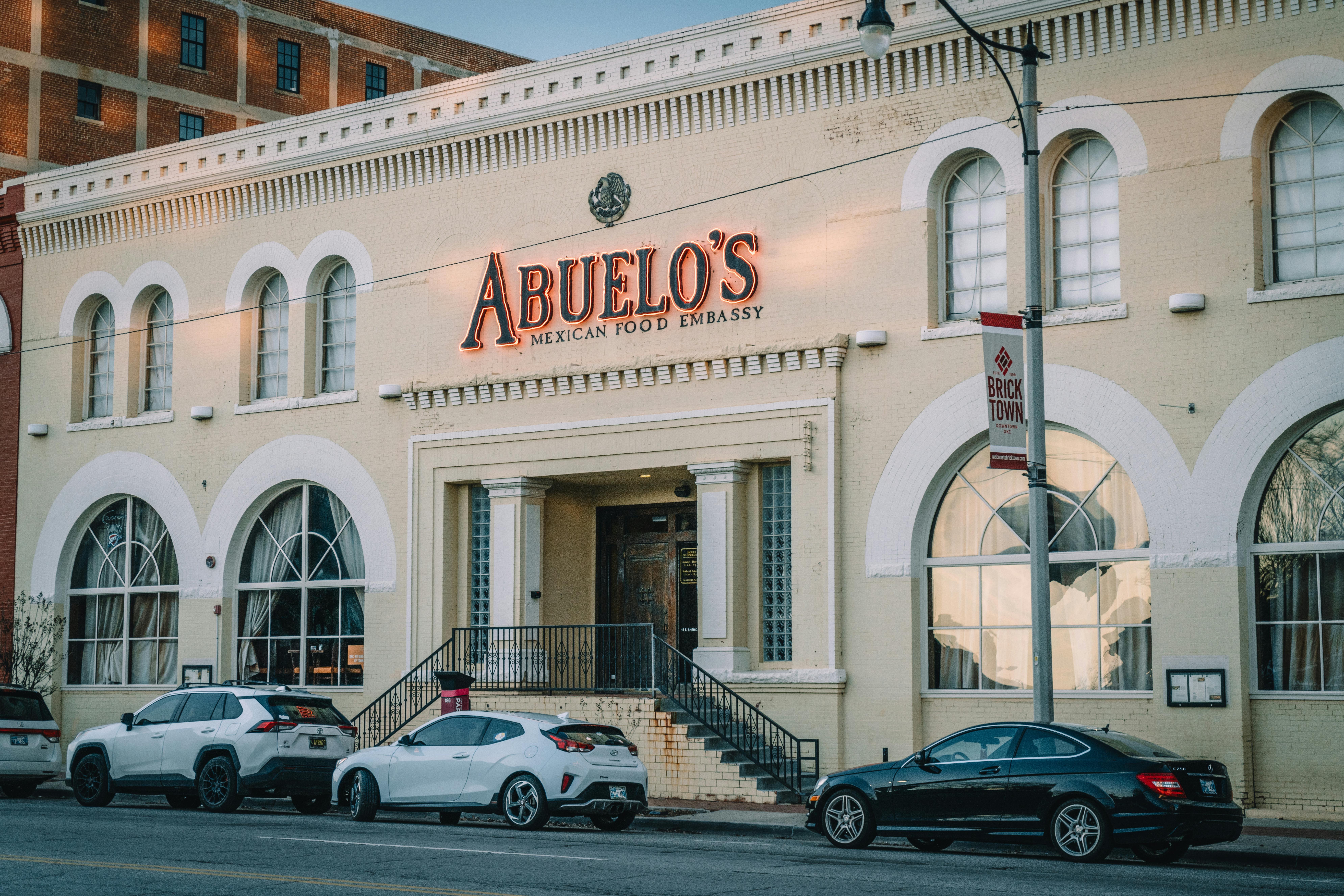
12. **Abuelo’s**Abuelo’s, a Mexican chain founded in 1989, has been caught in a slow but steady decline over the last few years, and 2025 is looking like it might be their toughest year yet. The brand actually managed pretty steady growth for a few decades, even reaching its peak in 2009 with a respectable 40 locations. But from there, things started to take a definite downturn, and COVID-19 proved to be absolutely disastrous for them.
By 2025, their unit count had plummeted significantly, and they made the tough announcement that they were filing for bankruptcy. In their filing, Abuelo’s painted a pretty bleak picture: ingredients were getting pricier, staffing was a massive headache, sales were dropping, and customers were opting to dine elsewhere. Ouch!
Despite the bankruptcy claim, Abuelo’s bravely stated that all 16 of its remaining units would stay open. The chain also reiterated its commitment to keeping operations going for both its loyal customers and its dedicated employees. While that commitment is certainly admirable, it’s pretty clear this restaurant is in deep trouble. How they’re going to turn things around and fight their way back remains a huge, unresolved question.
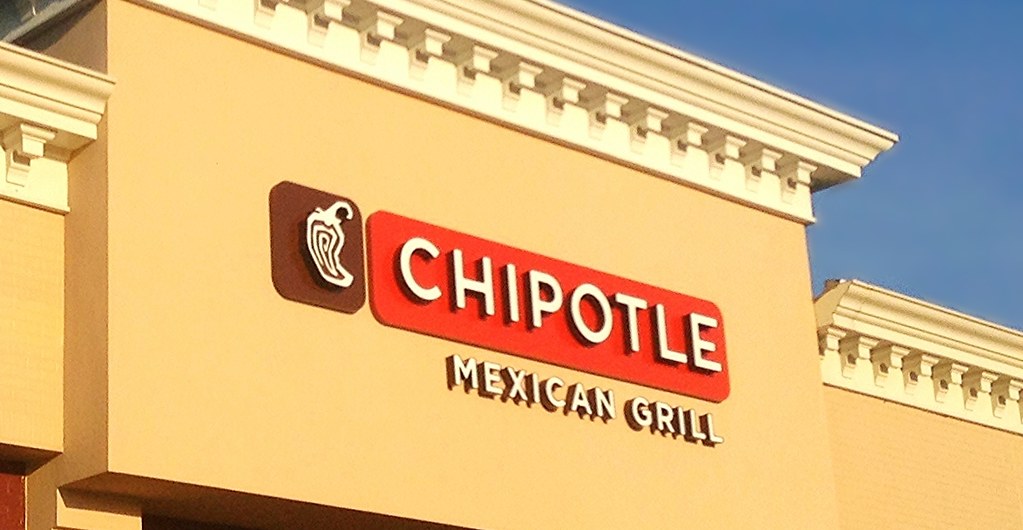
13. **Chipotle**Okay, hands up if you thought Chipotle was, like, totally invincible? Because same! It truly seems like no restaurant is completely safe in 2025, and even some of the biggest names out there are showing signs that things aren’t quite as sunny as they seem. If you need proof, just look at Chipotle. On the surface, this fast-casual Mexican chain appears to be absolutely crushing it: thousands of stores across the U.S., instantly recognizable, everyone loves a good burrito bowl, right?
However, behind the scenes, specifically on the sales front, things have been a bit rocky. In July 2025, Chipotle announced a whopping 4% drop in sales compared to the previous year. They also revealed that both their operating margins and their earnings per share were lower. It looks like Chipotle, which had somehow managed to escape the general spending slowdown up until now, has finally been hit by the economic realities that are affecting so many others.
These downturns weren’t just a blip on an internal spreadsheet; they were also reflected in the brand’s stock price, which has taken a significant nosedive this year. By August 2025, the company had shed a staggering 28% of its value! That’s a pretty clear sign of a serious lack of investor confidence. So, while Chipotle might not be in as dire straits as some of the other chains on our list, they are definitely not out of the woods yet.
Read more about: From Arena to Boardroom: 13 Elite Athletes and Musicians Forging New Empires as CEOs
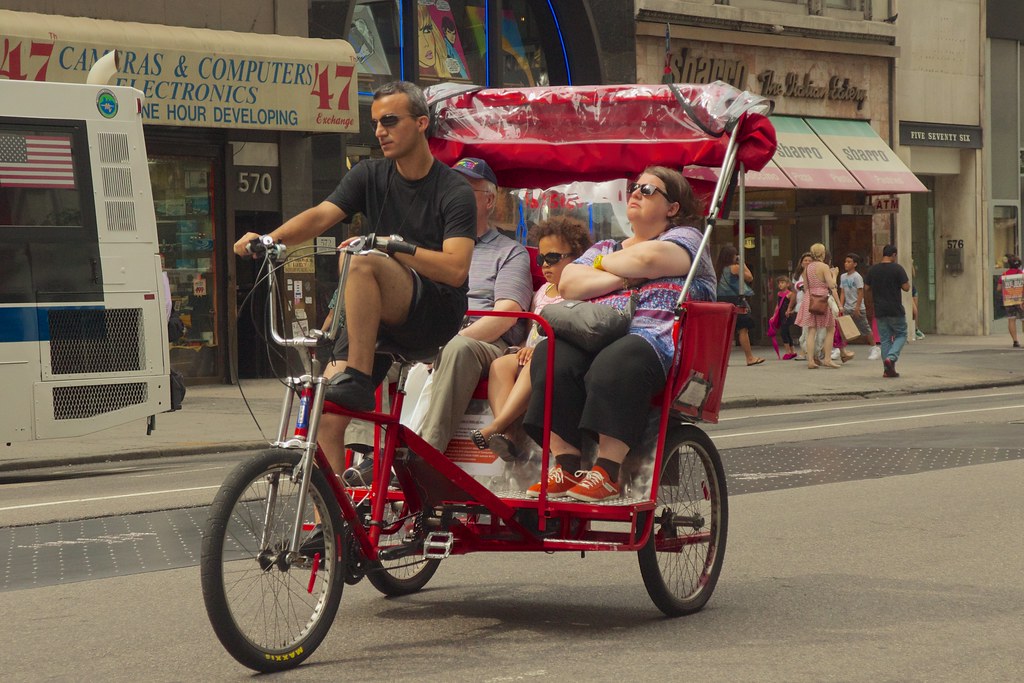
14. **Subway**Subway is one of those restaurants that, because of its sheer size, might not *feel* like it’s struggling. It’s the most famous sandwich shop on the planet, with around 20,000 locations across the United States. You can literally find one in almost every mall and strip center out there! But here’s the kicker: it once had *far* more units than that. At its peak in 2015, Subway boasted approximately 27,000 restaurants, and that number has been steadily sinking ever since.
In 2024 alone, Subway had to close a massive 631 restaurants in the U.S., a truly concerning figure. And if that wasn’t enough, much of 2025 saw the company without a permanent CEO, leaving the brand adrift and rudderless during a critical period. Talk about bad timing when you’re trying to navigate stormy waters!
Now, there *is* a silver lining for Subway on the international front – they’ve managed to continue growing overseas for two consecutive years, which is fantastic! But domestically, it’s a completely different story. They’re having a seriously hard time, partly due to the fierce competition. Competitors like Jersey Mike’s have been having a stellar run of success with their subs, and customers are increasingly switching over. Meanwhile, Subway franchisees are growing more and more irritated with how the business is being run. It seems like the sandwich empire needs a serious revamp to win back hearts and hunger pangs at home.
Read more about: 15 Essential Questions to Unmask Shady Used Car Dealers and Save Thousands in Minutes
And there you have it, folks! Another seven fast food giants caught in the swirling vortex of economic challenges, changing tastes, and fierce competition. From iconic chicken spots to beloved sandwich havens, it’s clear that even the biggest players aren’t guaranteed smooth sailing. This isn’t just about burgers and fries; it’s a fascinating look at how consumer behavior, corporate decisions, and global economics are reshaping the very landscape of where and what we eat. What was once a ‘can’t miss’ destination might now be a ‘hard pass,’ proving that in the fast food world, nothing stays the same forever. So, next time you’re craving a quick bite, remember the stories of these struggling chains and the wild ride that is the modern restaurant industry!



